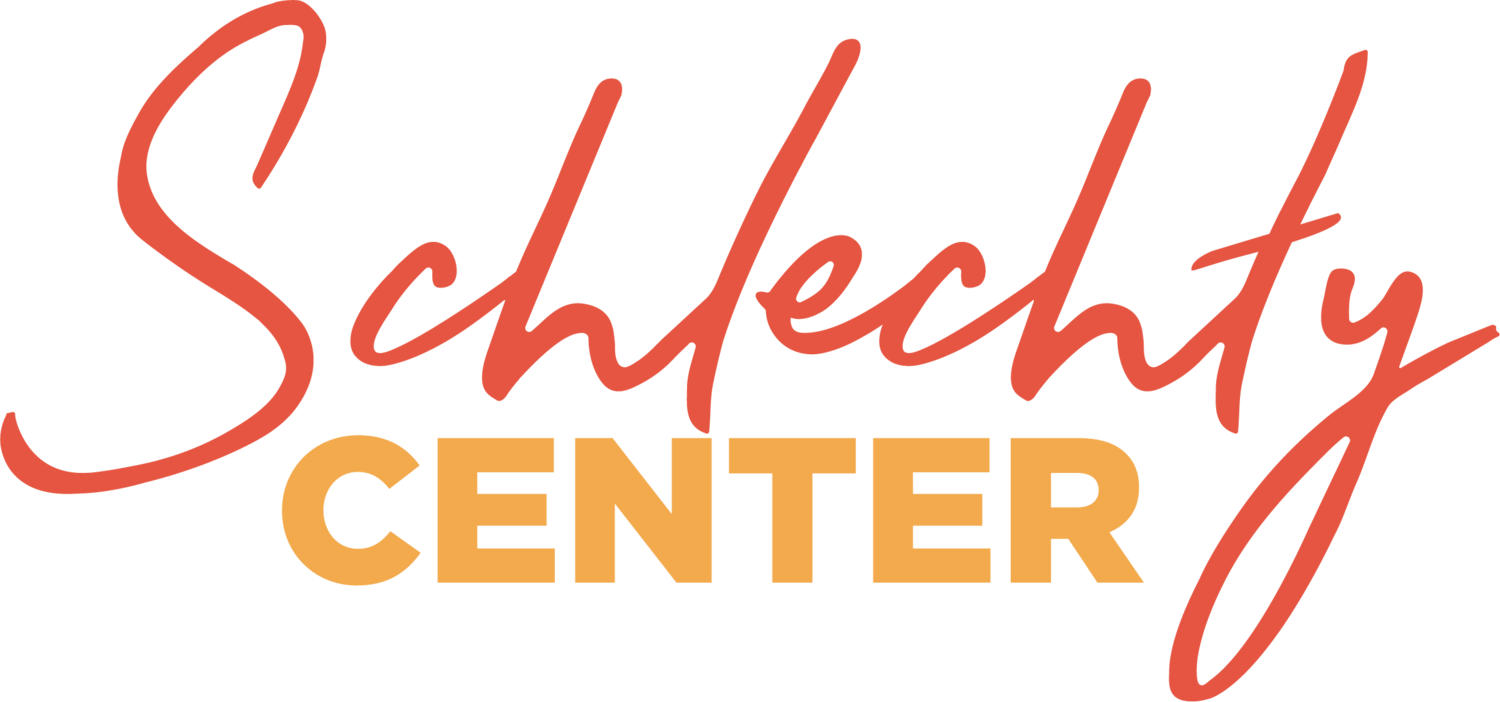Digital graphic organizers are powerful tools for use in the classroom. Graphic organizers can address Clear and Compelling Product Standards. They can bring a sense of Product Focus to organizing ideas and data. In the initial stages of use, they will lead to a certain amount of Novelty.
Lucidchart is an excellent tool for graphic organizing and can be a powerful tool in the designer's toolbox. Here are two reasons why:
- You get lots of options in the free version. Specifically, there are templates you can use. Plus, there are a variety of shapes that can be placed on the workspace. This is in contrast to some platforms that limit shapes to a rectangle, at least in their free versions.
- Lucidchart works seamlessly with your Google Drive. In fact, the easiest way to get it is to open your Google Drive, select "NEW," scroll down and choose "Connect more apps," and then search for and add Lucidchart. When you save your creations, they go directly to your Google Drive.
Here are a few tips to remember:
- The more you add to your Google Drive, the more space you will use. Eventually, you will get prompted to buy more space.
- We have been able to operate in the free domain in Lucidchart without issue. This is in contrast to the very nice Lucidpress which only comes with a seven-day free trial.
- You will need to stay within the three-document limit to use the platform for free. Do this by deleting old documents.
Enjoy this short video tutorial:
If you like Lucidchart, you might also try MindMeister. MindMeister works the same way and just has a different look and a few unique features. It can be accessed through your Google Drive just like Lucidchart, or directly at the MindMeister website. It has the same three-doc limit for the free package.
We hope you enjoy trying Lucidchart!
The Engagement People

